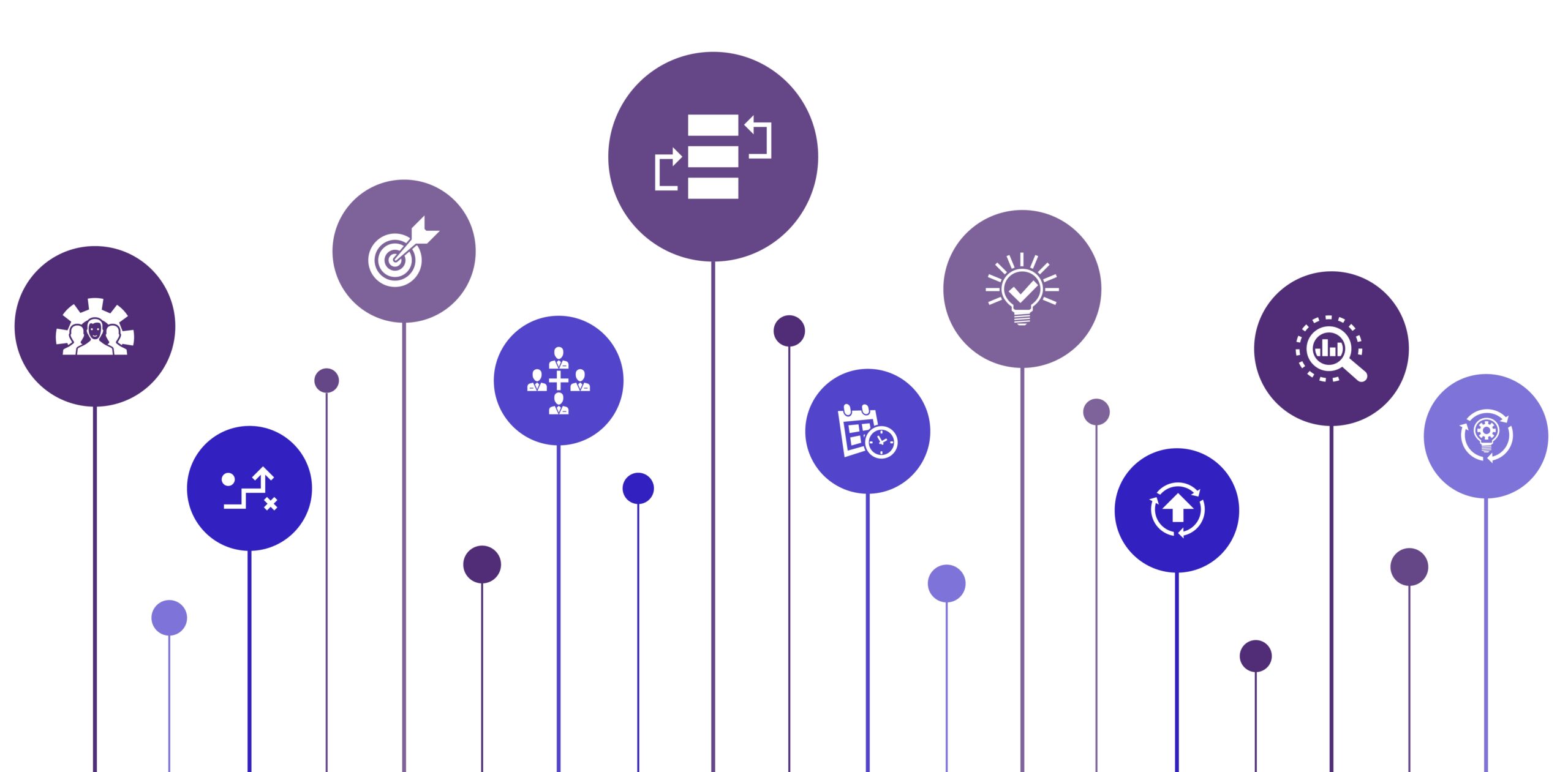Reading the Heat Map A heat map is a graphical representation of data using colors to indicate different levels of values. In risk management, a heat map is often used to visually display and prioritize risks based on their likelihood and impact. When reading a heat map, the colors and …
What are Risk Analysis and Assessment Techniques? Risk analysis and assessment techniques are methods used to identify, evaluate and prioritize risks that an organization may face. Some of the commonly used risk analysis and assessment techniques are: Brainstorming: It is a group technique used to generate a list of potential …
The Relationship Between Risk and Workflow Risk and workflow are closely related as the workflow of a business can be a source of risk if not properly managed. Workflow refers to the series of steps and processes involved in completing a task or a business process. Any inefficiency or bottleneck …
Taking Precautions Against Risks Taking precautions against risks involves identifying potential risks and implementing measures to mitigate or avoid them. Here are some steps to consider when taking precautions against risks: Identify potential risks: Conduct a risk assessment to identify potential risks that your organization may face. This can involve …
Risk Assessment Steps Risk assessment is a process of identifying, analyzing, and evaluating risks to an organization’s operations, assets, or individuals. The following are the typical steps involved in risk assessment: Identify the risks: The first step in risk assessment is to identify the risks that may affect the organization. …
Standards and Regulations on Risk Management Several standards and regulations guide risk management. Here are some of the most commonly used: ISO 31000:2018: This is an international standard that provides principles and guidelines for risk management. It provides a framework for identifying, assessing, treating, monitoring, and communicating risks. COSO ERM …
What is Risk Management? What is Enterprise Risk Management? What are the Differences? Risk management is a process of identifying, assessing, prioritizing, and mitigating risks that could have an impact on an organization’s objectives. It involves a systematic approach to identifying and evaluating risks, developing strategies to manage them, and …







